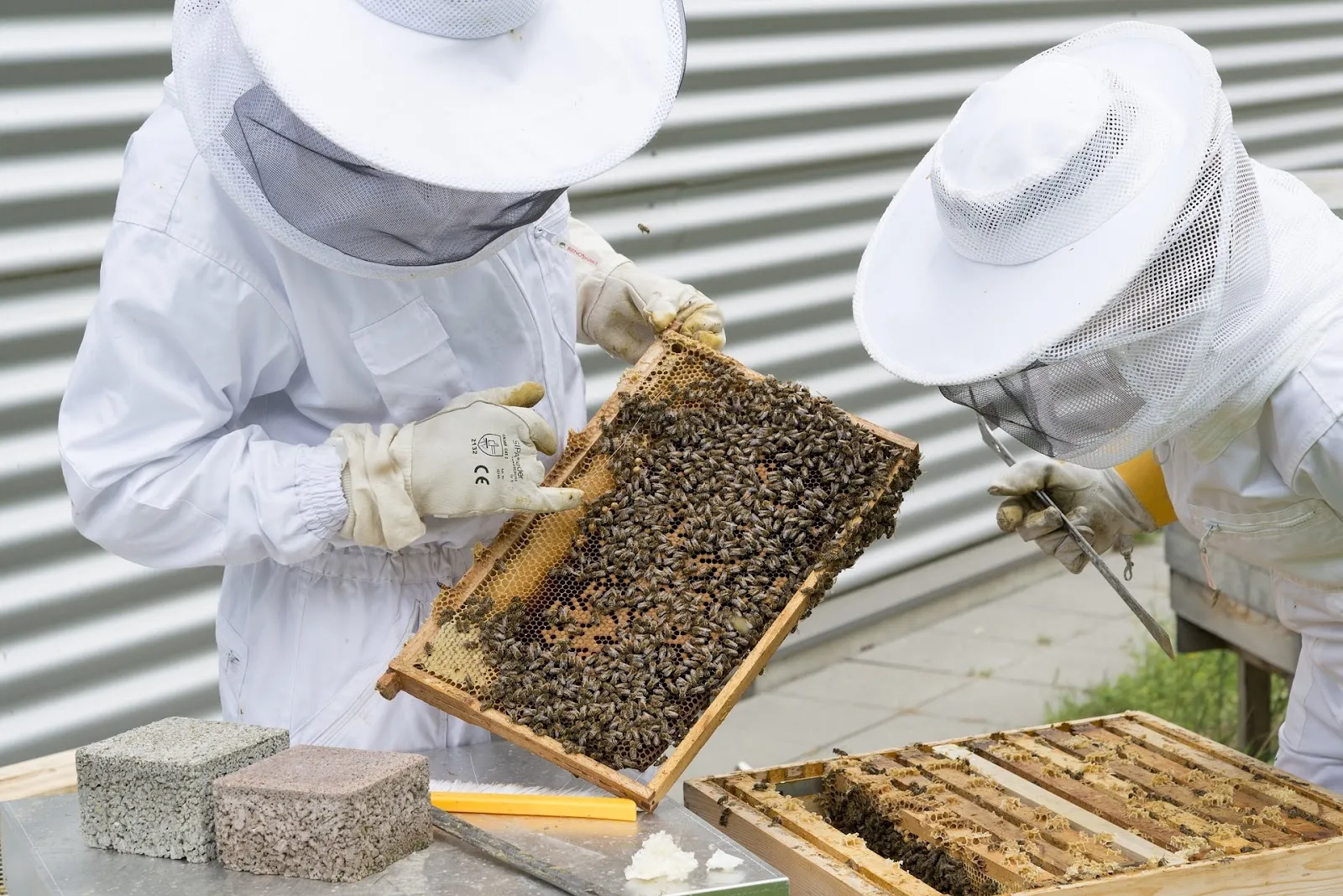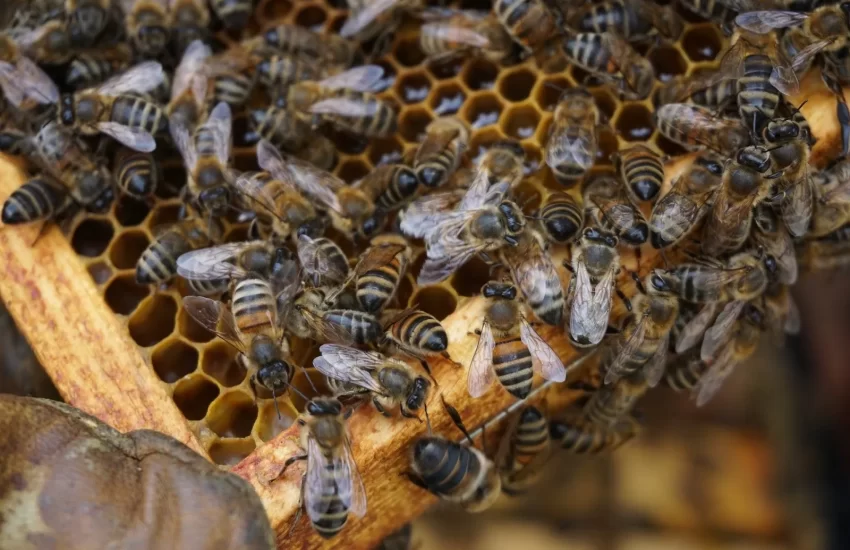When should you not inspect a beehive?
An integral part of beekeeping involves inspecting the hives. This is the primary way to know the well-being of the hive. This is a process of systematically smoking, removing each box up to the bottom layer, and carefully inspecting the frames. A beekeeper notes what they see before embarking on reassembling the hive again. The operation should be carried out routinely though not often, to avoid disrupting the hives operations. In fact, an inspection in a hive sets back the bee colony with a day. Regular inspections allow you to take timely actions when a need arises.
Similar Articles you may like to read –
Bee Hive Inspection Guide. How and when to do inspections?
What colors should you avoid around bees?
How quickly do bees multiply? Reproduction of Honey Bees
Will an empty beehive attract bees?
Will bees clean mold off frames?
When should you not inspect a beehive?
Avoid opening the hive when the weather is too cold, rainy, or windy. Again, don’t open the hive if a thunderstorm is imminent, as it stresses the bees. Inspections at night should be avoided to avoid crushing bees accidentally. The ideal time to inspect your colony is when the outside weather replicates the hive’s inside conditions. Rains keep all the bees in the hive. You will deal with a bigger bee population at this time and also risks making the hive and bees wet. Cloudy weather makes them ill-tempered. You should time when most workers are out foraging between 11 am and 4 pm. Inspecting on a sunny bright day makes it easy to spot the eggs, brood, and queen. An inspection should take 30 minutes to an hour, but beekeepers become faster with experience.
How often should you inspect a hive?
Novice beekeepers are tempted to open the hive too often. By inspecting a hive, you disrupt the bees, and they become stressed. It is just like a home invasion. Too much stress can make them abscond the hive. So how often should you inspect? For a newly installed hive, you should inspect it once a week for the first few weeks. Once the colony settles and gets established, you can inspect once monthly unless you suspect there is an issue. You should be intentional with every inspection and have a schedule for it.
Each colony may have a varying schedule from other hives since they may have different issues. For instance, a hive recovering from pest and disease infestation may require weekly checkups. A healthy one may require a few inspections in a year. It is wise to avoid Inspecting a hive more than once a week. Every time you open the hive and pull out frames, you break propolis seals, agitate bees, chill the brood, damage honey cells, and even risk killing the queen.
Can l know the well-being of a hive without opening the hive?
It is possible to determine the health of the hive by observing it. This is by learning their behavior. You will get to know their temperament, sounds, routine, etc. Abnormal aggression, change in the buzzing sound, strange odor, and fewer bees than normal flying from the hive indicate you need to take action and proceed to open the hive. Other observations that would prompt you to open the hive include dead bees at the entrance, deformed bees, robber bees, and the like.
More articles you may like to read –
What smell do bees hate?
Do Bees Recognize Their Owners?
Do Bees Try To Get Revenge?
What happens if you disturb a beehive at night?
What should you look for when inspecting a colony?
It is wise to be thorough as possible when inspecting a hive. It is recommended to look for the queen, eggs, larvae, and available food stores. You should also check the need for room expansion, signs of parasites, and disease infestation. Always ensure the colony has ample space to prevent swarming. The queen is the heartbeat or soul of the hive. A healthy queen means a healthy colony. Be sure to check on the brood pattern to know her laying performance.




